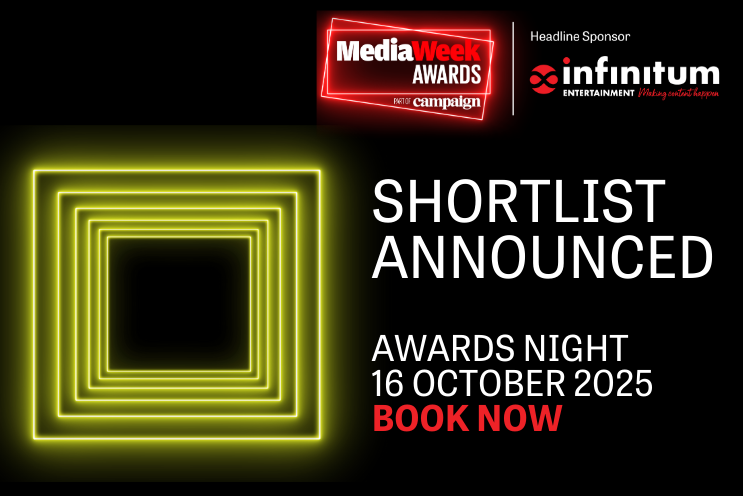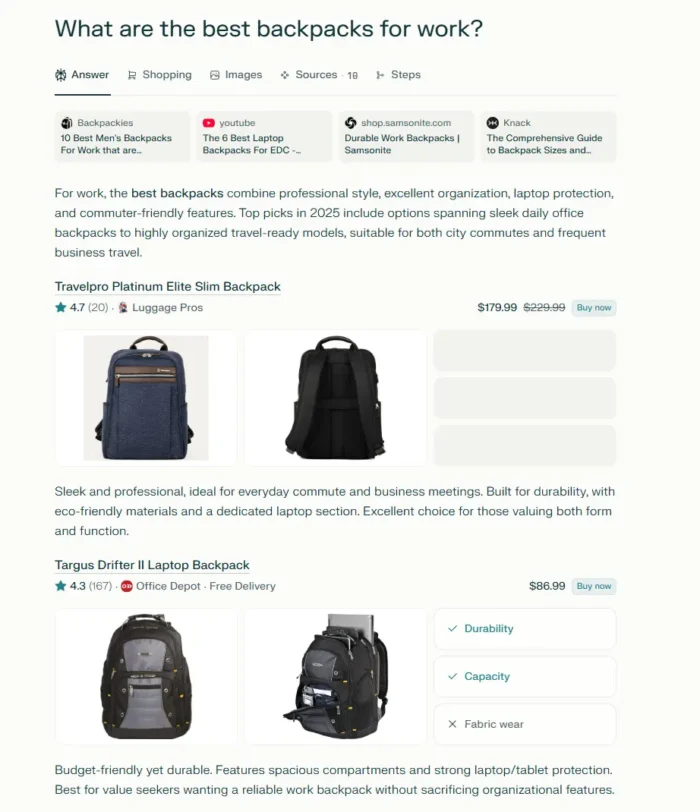Top 4 Metrics For Facebook Ads
Paid advertising metrics can be confusing, and with multiple abbreviations meaning different things, it can become stressful to learn what each one means. Not all are as clear cut as we think and some use different equations to find...

Paid advertising metrics can be confusing, and with multiple abbreviations meaning different things, it can become stressful to learn what each one means. Not all are as clear cut as we think and some use different equations to find out key metrics. Hopefully, with this guide, you can learn how to analyse your paid advertising data, take learnings, and optimise your ads to generate better performance.
CPA
CPA stands for ‘cost per acquisition’ or in some cases ‘cost per action’. CPA differs from business to business as it relies on what the business deems worthy as a valuable acquisition/action. For example, an e-commerce site would deem a sale as their most valuable acquisition, while an insurance company would most probably look for leads. The formula for CPA is your ad spend divided by the number of conversions. So, if you spend £100 and made 10 sales, your cost per acquisition would be £10. Google Ads and Social platforms don’t use the CPA acronym in their dashboard which can be quite confusing for newcomers. In Google, you’ll find this under the cost/conversion column, while on Facebook, it’ll be under the ‘cost per results’ column. The reason why Facebook alters this slightly is to give you an easier view of cost depending on how you have your ads set up. For example, if you have a website traffic ad and a conversion ad, instead of separating the cost per click and CPA into two columns, you’ll be able to see the most important cost for each campaign under one column.
CPM
CPM is ‘cost per thousand impression’ meaning it is the cost for every time your ad was viewed 1,000 times. CPM is used to gauge the cost-effectiveness of your ad campaigns. This figure can vary depending on your audience, budget, performance of your creatives, and selected objective. By altering these three variables, you can increase or decrease your CPM to the desired range. If your CPM is high, it means your ad might not be cost-effective due to ad fatigue, wrong audience, low budget or your ads not competing at the bidding level. You want to keep your CPM as low as possible; however, when it comes to conversions, you’ll find that your CPM tends to be higher than other ads like website traffic, engagement, or reach ads. The reason for this is that conversion ads are geared towards finding people that are most likely to make a purchase meaning that your ad will be shown to fewer people than a reach ad even if both campaigns used the same or similar audience. Reach objective will have a much lower CPM because your ad will be shown to as many people as possible within your budget and audience limits.
CTR
CTR is an acronym for ‘click-through rate’ which indicates the number of people that viewed your ad that clicked through to your website. This is a great metric that you should always keep an eye on, as it tells you how your audience is engaging with your ads. If you have a low CTR, your ads might not be capturing the attention of your audience, which is where we would recommend altering your captions and using eye-catching creatives. If you find that these variables don’t improve your CTR, then you might need to look at your audience and find new or different interests and behaviours that match your intended demographic. Once your audience and creatives match, you’ll see an improvement in engagement and an increase in your CTR. The higher the click-through rate, the more you know your audience is engaged with your brand.
Frequency
Frequency is a great identifier for ad fatigue and how your audience responds to your ads. Typically, a lower ad frequency is recommended but it’s not as simple as saying the lower the frequency the better results you’ll receive. Frequency is a metric that demonstrates the average number of times each person saw your ads. When it comes to website traffic, engagement or reach ads, we tend to see the frequency figure around 1.5-2.0. When you begin to run conversion ads with remarketing audiences, that’s when you will begin to see this number creep up higher than you may want it to. We’ve seen accounts with frequency figures as high as 14. However, if you find that your ads are performing well in terms of conversions, yet your frequency is in the double figures, this isn’t necessarily a bad thing. Though we do recommend bringing the frequency down where possible if performance is seriously lacking. There are many ways to reduce frequency, the best method is to increase the audience size. You can do this by adding more interests to your audience in the ad set level. By increasing the audience, you’re allowing your budget to expand to more people. Another way is to reduce your budget to match the size of the smaller audience. Though this may work for a short period of time, we would also recommend changing your ads to minimize ad fatigue.
Hopefully, by having these terms explained, you’ll be able to use and analyse them in your optimising and reporting. For any more info on paid social, please check our videos and blogs.
Share this post

Joaquin LopezSenior Paid Media Executive
A sci-fi movie buff, gamer, lover of dystopian fiction and self-taught bassist, we’ve concluded that Joaquin has quite the creative streak. A recent trip to Japan unearthed a love for ramen noodles, so we now know what to bribe him with! Fun fact: originally from Chile, Joaquin’s surname means ‘son of wolf’.
Free Digital Clarity Call
Need some expert help to uncover what’s holding your digital marketing back? Let us show you for free!



Kooznews: Your Digital Marketing Update (March 2022)
David Wilson
30th Mar 2022
Content Marketing Blog



Overlooked Factors During Site Migrations
Gary Hainsworth
28th Mar 2022
SEO Blog
Digital Ideas Monthly
Sign up now and get our free monthly email. It’s filled with our favourite pieces of the news from the industry, SEO, PPC, Social Media and more. And, don’t forget - it’s free, so why haven’t you signed up already?

 UsenB
UsenB 











![How to Boost a Post on Social Media [Instagram, Facebook, and Twitter]](https://blog.hubspot.com/hubfs/marketers%20about%20to%20boost%20social%20media%20posts%20on%20platforms%20like%20instagram%20facebook%20and%20twitter.jpg#keepProtocol)



















